When it comes to cleaning a chimney, it’s important to take the necessary precautions and follow proper guidelines. First, gather your supplies: you’ll need a chimney brush, a ladder, a drop cloth or tarp, and protective clothing such as gloves and goggles.
Next, make sure to properly prepare the surrounding area by placing the drop cloth or tarp in front of the fireplace to catch any debris that may fall. It’s also crucial to open any windows or doors nearby for proper ventilation.
Now, it’s time to start the cleaning process. Begin by climbing up the ladder and carefully removing the chimney cap. Use the chimney brush to scrub the inside walls of the chimney in an up and down motion, making sure to apply enough pressure to dislodge any soot or creosote buildup.
After thoroughly scrubbing the chimney, use a vacuum or a broom to clean up any debris that has fallen onto the drop cloth. Lastly, reinstall the chimney cap and double-check that everything is secure.
Remember, cleaning a chimney can be a messy task, so always wear your protective clothing and be cautious while on the ladder. With these simple steps and proper maintenance, your chimney will stay clean and function efficiently for years to come.
Dos
- Use protective clothing, such as gloves and goggles.
- Inspect the chimney for any signs of damage or blockage before cleaning.
- Remove any loose debris or creosote buildup using a chimney brush.
- Cover and protect the surrounding area to prevent mess and damage.
- Regularly maintain and clean the chimney to prevent a fire hazard.
Donts
- Never clean a chimney without proper safety equipment.
- Avoid using water or liquid cleaning agents to clean the chimney.
- Do not attempt to clean a chimney that is actively in use.
- Avoid using excessive force when cleaning the chimney to prevent damage.
- Do not neglect regular chimney maintenance and cleaning.
Step 1
Clean the chimney cap and screen
Remove any debris or obstructions from the chimney cap and screen. Use a brush or broom to remove any dirt or buildup.
Step 2
Protect surrounding area
Cover the area around the fireplace with a tarp or drop cloth to protect the flooring and furniture from debris and soot.
Step 3
Remove and clean the damper
Detach the damper and clean it using a brush and vacuum. Remove any built-up creosote or debris.
Step 4
Brush the chimney flue
Use a chimney brush to scrub the flue walls and remove any creosote or soot buildup. Start from the bottom and work your way up.
Step 5
Inspect and clean the chimney cap and spark arrestor
Check the condition of the chimney cap and spark arrestor. Remove any debris or blockage and clean them thoroughly.
Final thoughts 💭
Regular chimney cleaning is essential to maintain the safety and functionality of your fireplace. By following the proper steps and using the right tools, you can effectively clean your chimney and prevent potential hazards such as chimney fires and carbon monoxide leaks. Remember to prioritize safety by wearing protective gear and seeking professional help if needed. Keep your chimney clean and enjoy cozy fires without worries! Stay safe and warm!
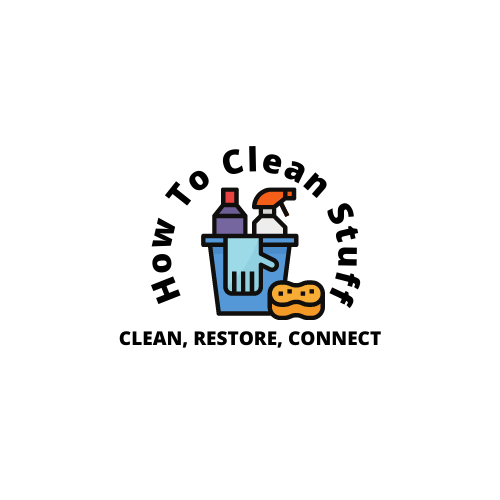
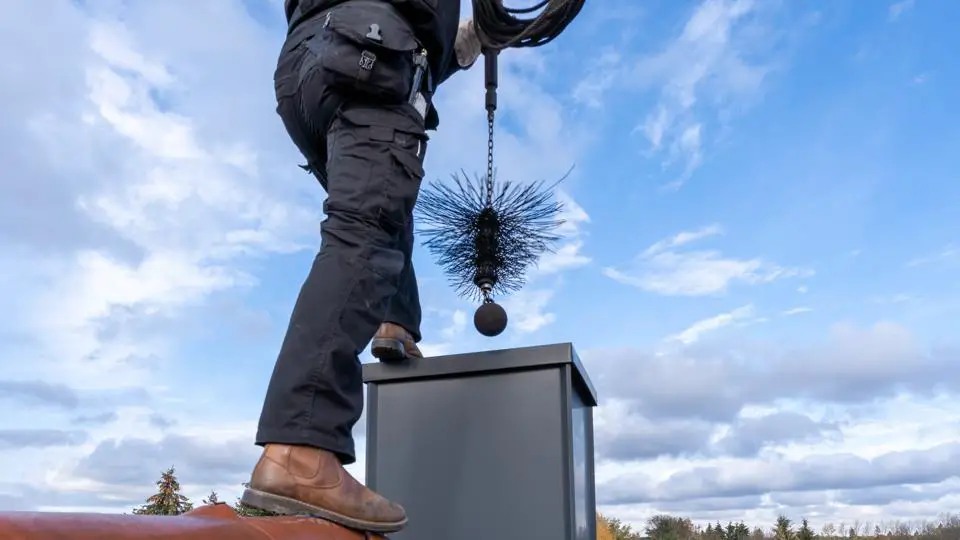
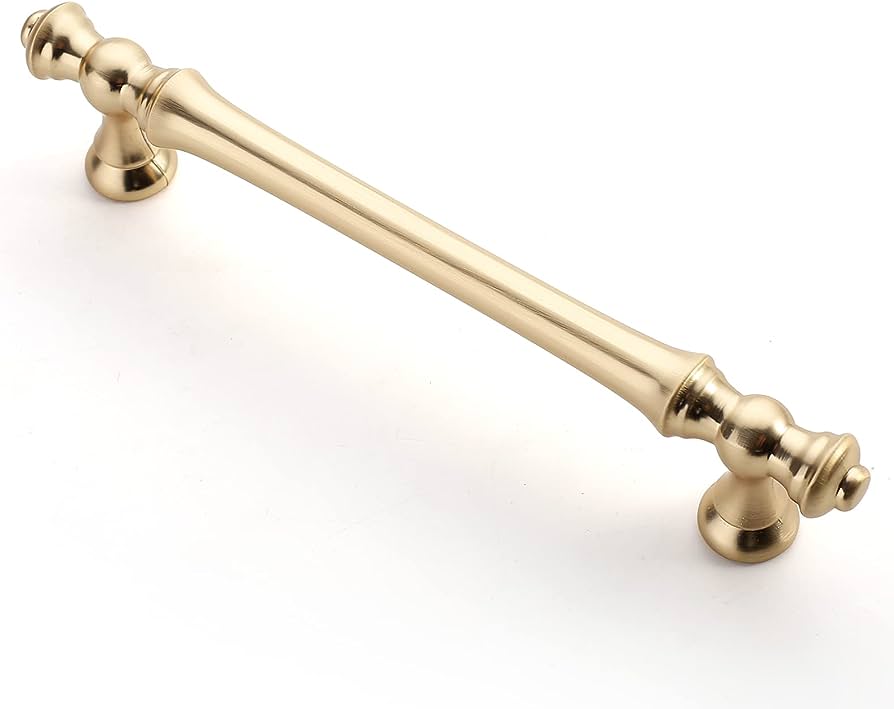
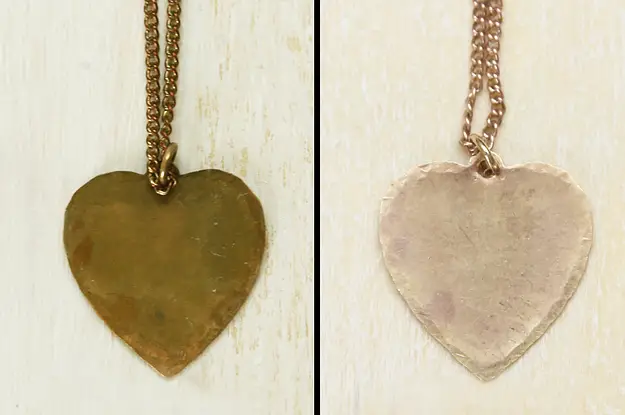
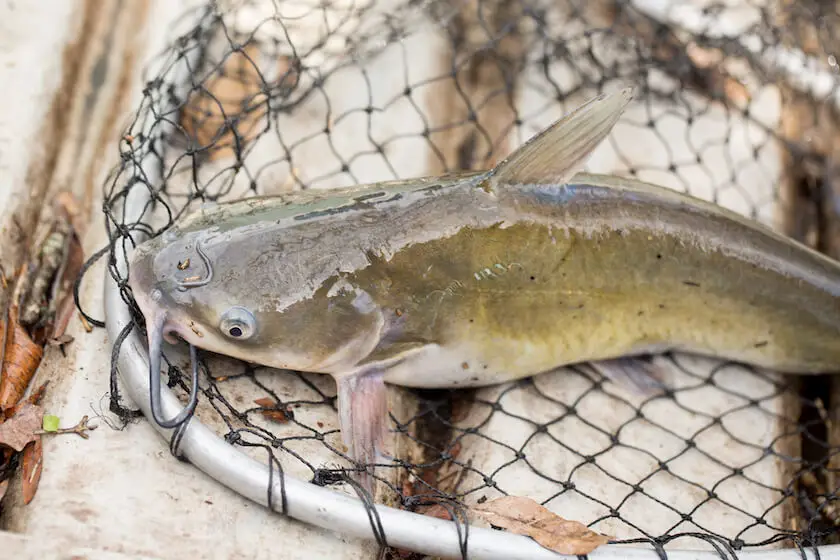

Leave a Reply